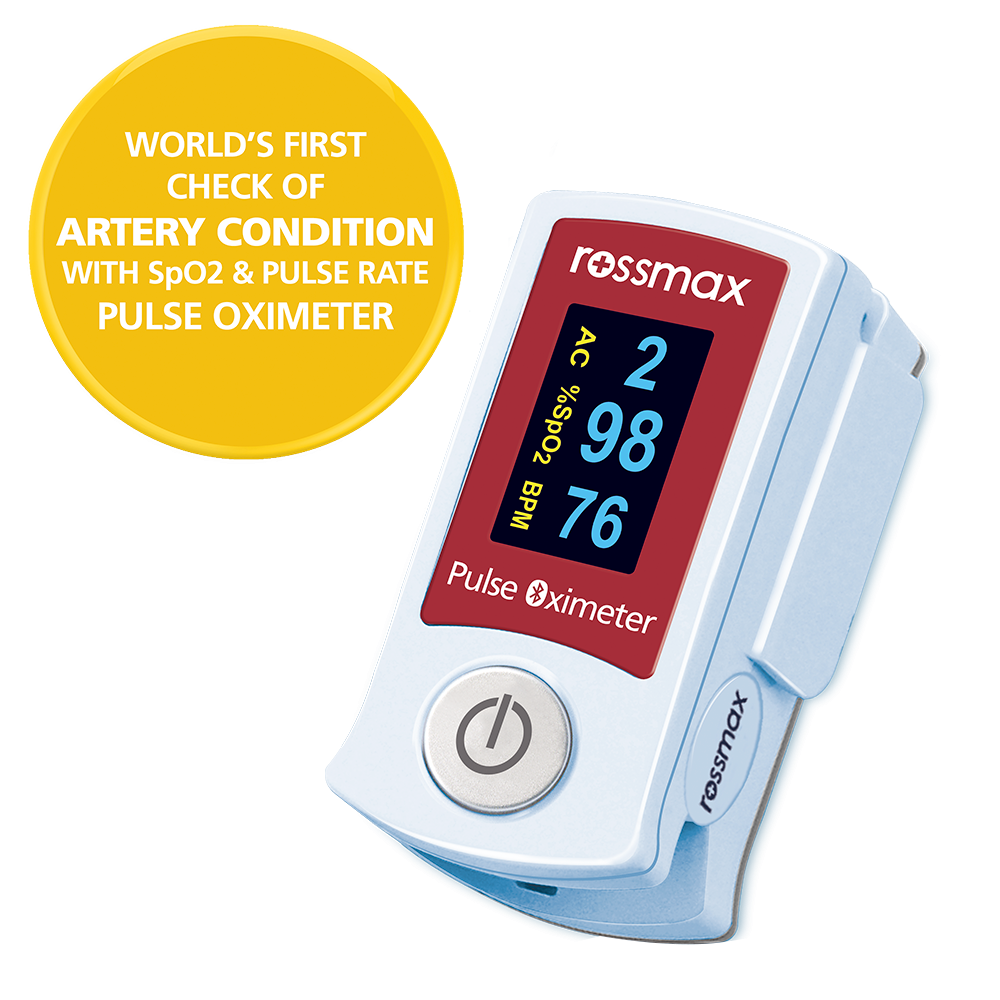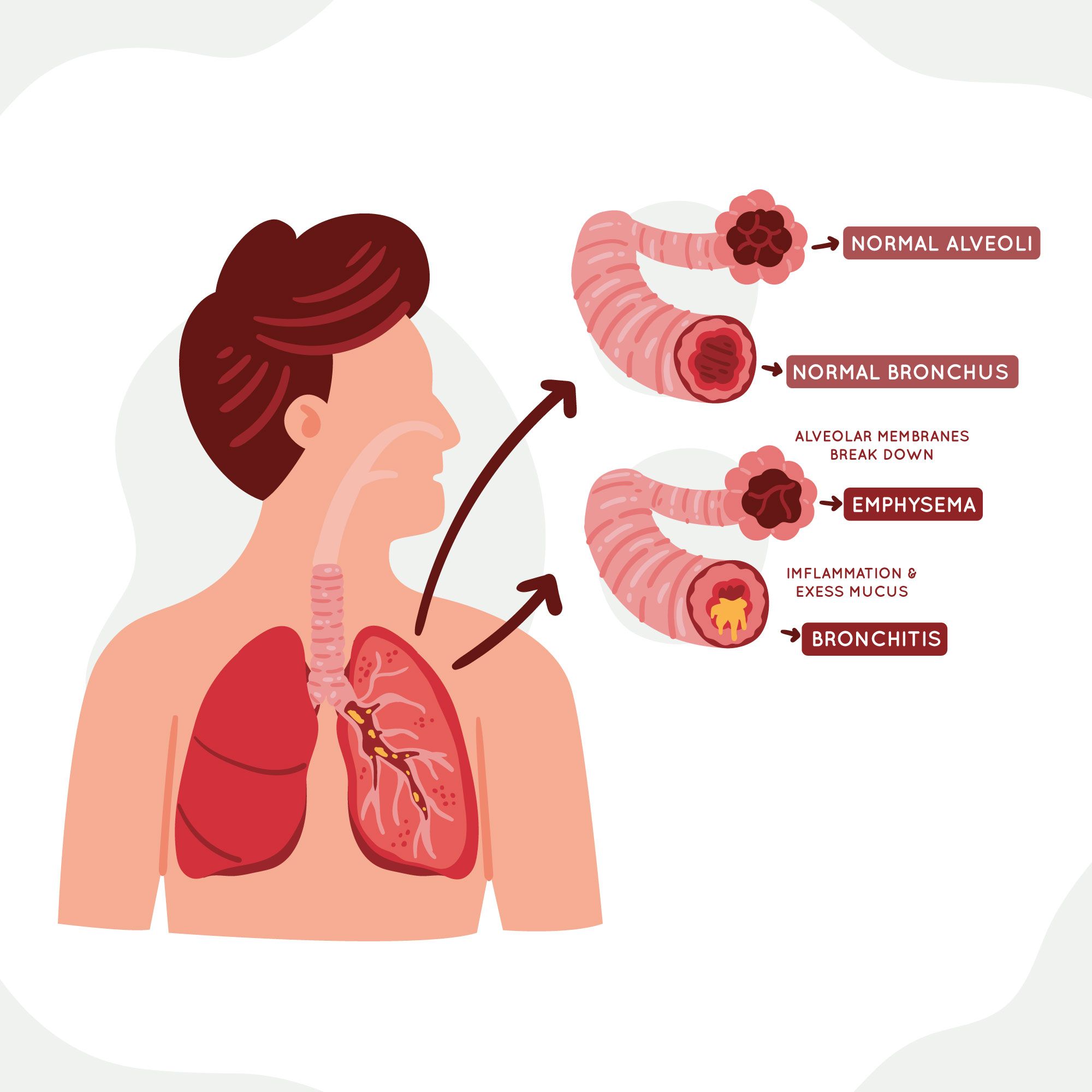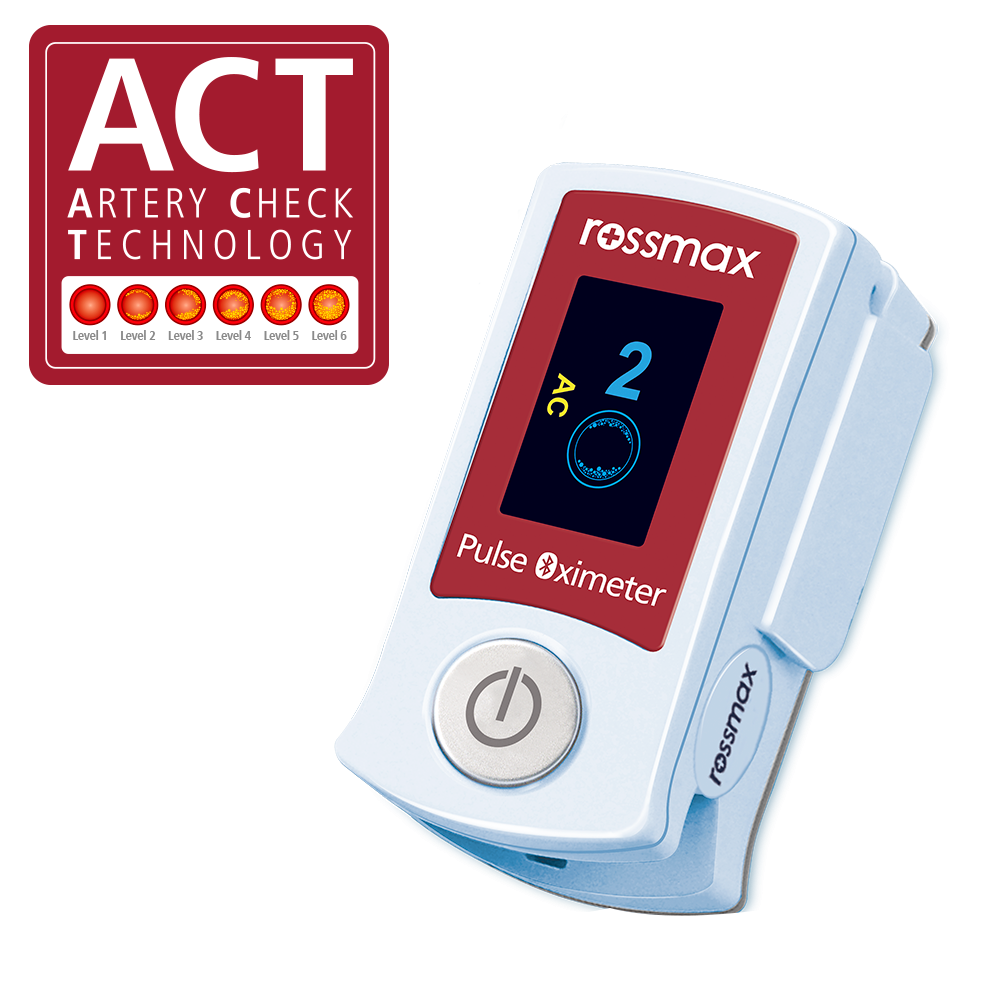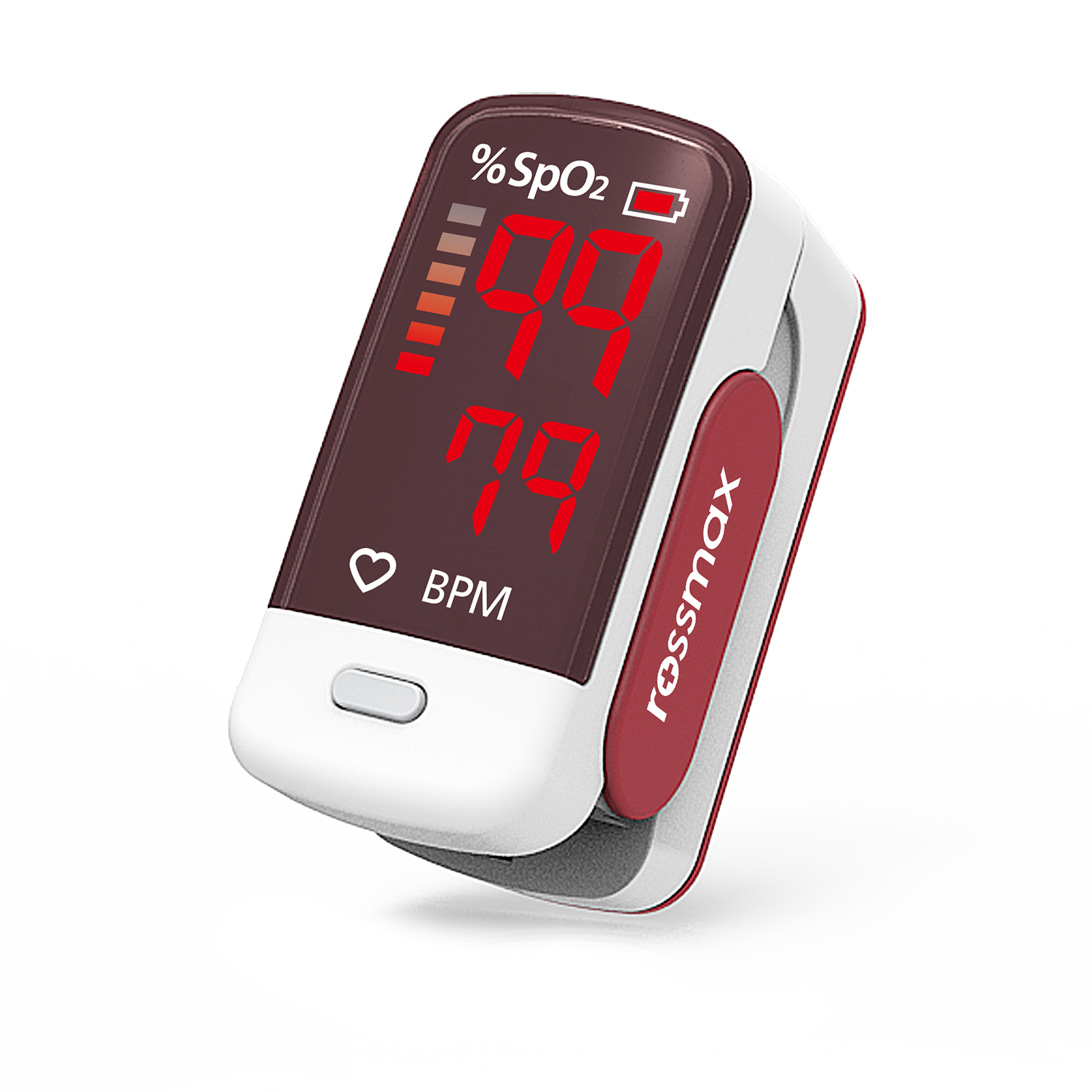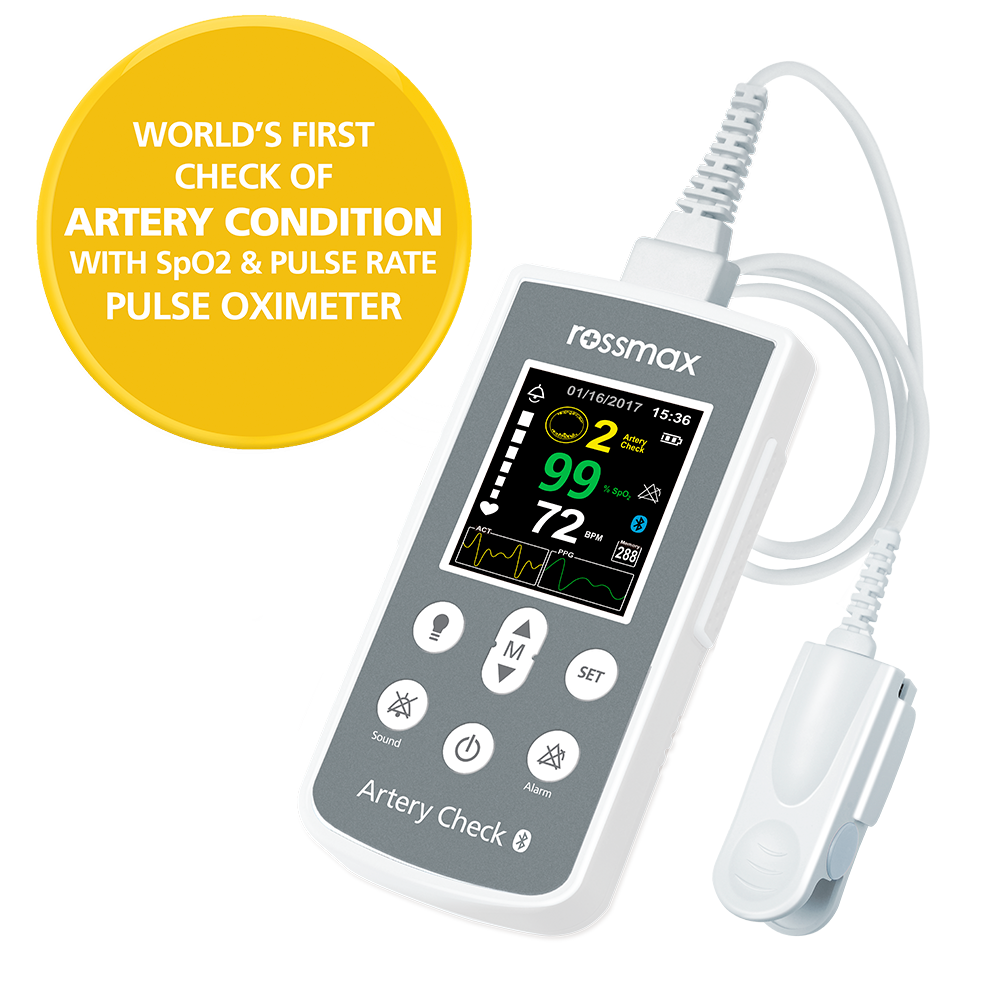- Global - English
- Albania - Gjuha Shqipe
- Algeria - Français
- Argentina - Español
- Armenia - հայերեն
- Asia Pacific - English
- Australia - English
- Austria - Deutsch
- Azerbaijan - Azeri
- Belgium - Français
- Belgium - Dutch
- Bolivia - Español
- Brazil - Português
- Bulgaria - Български
- Canada - English
- Canada - Français
- Chile - Español
- China - 简体中文
- Colombia - Español
- Costa Rica - Español
- Croatia - Hrvatski
- Czech Republic - Čeština
- Egypt - English
- Egypt - عربي
- Finland - Suomalainen
- France - Français
- Germany - Deutsch
- Georgia - საქართველო
- Greece - Ελληνικά
- Hong Kong - English
- Hungary - English
- India - English
- Indonesia - English
- Iraq - العراق
- Iran - ايران
- Ireland - English
- Israel - עברית
- Italy - Italiano
- Japan - 日本語
- Jordan - عربي
- Kazakhstan - Русский
- Korea - 한국어
- Kosovo - Gjuha Shqipe
- Latvia - Latviešu
- Lebanon - عربي
- Lithuania - Lietuvių
- Latin America - Español
- Malaysia - English
- Mexico - Español
- Middle East - English
- Middle East - عربي
- Moldova - Românește
- Netherlands - Nederlands
- New Zealand - English
- Nigeria - English
- Norway - Bokmål
- Pakistan - English
- Palestine - دولة فلسطين
- Peru - Español
- Philippines - English
- Polska - Polski
- Portugal - Português
- Romania - Românește
- Russia - Русский
- Saudi Arabia - English
- Saudi Arabia - عربي
- Singapore - English
- Slovenia - Slovenski
- Slovakia - Slovenčina
- South Africa - English
- Spain - Español
- Serbia - Srpski
- Sweden - Svenska
- Switzerland - Deutsch
- Syria - عربي
- Taiwan - 繁體中文
- Thailand - Thai
- Tunisia - Français
- Turkey - Türkçe
- Ukraine - Українська
- United Arab Emirates - English
- United Arab Emirates - عربي
- United Kingdom - English
- United States - English
- Uruguay - Español
- Venezuela - Español
- Vietnam - English
- Home
- About Us
- Products
- Prevention
- Monitoring
- Therapy
- Professional
- KidsHealth
- Technologies
- Health Information
